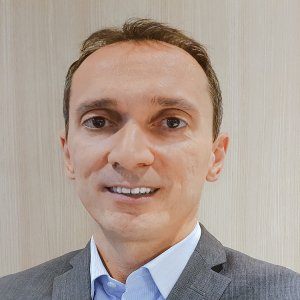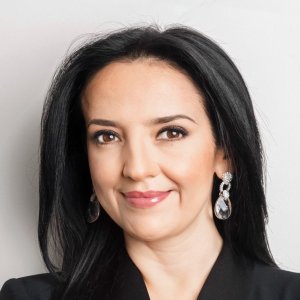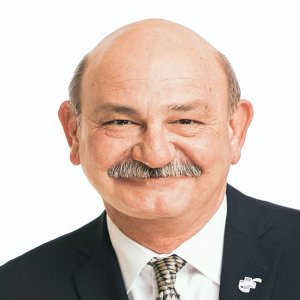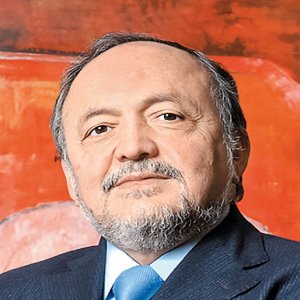Device Innovation Delivers Long-Term Benefits

Device Innovation Delivers Long-Term Benefits

STORY INLINE POST
Q: What are the company’s strengths in home care and device interoperability trends?
EG: The market in Japan is driven toward constant innovation, which is reflected globally at Fujifilm. Home care and device interoperability to facilitate diagnosis and treatment is pushing innovative changes to make our equipment smaller and lighter, meaning they are easier to transport. Fujifilm is consolidating different studies generated by a wide variety of medical devices to provide an integral treatment to the patient. Our technological platform allows us to combine different data coming from the diverse equipment we have for various specialties, such as imaging and endoscopy.
JG: When developing new technologies, our goal is to provide better image resolution and this has led us to develop devices that provide high-resolution images with considerably less direct radiation in a much more compact, portable device. The creation of portable devices makes home care a reality.
Fujifilm is also moving toward more interoperability. Today, all our devices are interconnected and we have been implementing AI for years on many devices for mammograms, radiographies, X-rays, magnetic resonance and, more recently, ultrasounds and endoscopy. With our interoperable open platform called REiLI, we are allowing new technology developments even from other companies or developers to deliver the best solutions for healthcare.
Fujifilm’s innovative technologies are making it easier for doctors to identify the damage to the respiratory system of patients suffering from COVID-19. The company has been exploiting AI for some time; however, the REiLI platform has allowed us to prove its functionality in an open-source way.
Q: How has Fujifilm Mexico positioned itself in the booming market of digital technologies?
JG: While the benefits of these developments are obvious, there is still a great deal to do to fully adapt interoperability to benefit different areas. Many medical units tend to be isolated, which is why Fujifilm Mexico is introducing our developments to the medical environment so companies can start incorporating them more naturally into their work. We are working with the Ministry of Health of Veracruz where Fujifilm has installed an interconnected environment between the area of ultrasound, endoscopy and radiology that allows them to communicate across areas, hospitals and the whole ministry. This means that patients’ clinical records can be stored in one place.
Q: What have been the main achievements of the AI Pilot Project created alongside Salud Digna and Lunit?
JG: This success story has been replicated in different parts of the world. When we first implemented the project, we noticed a slow start since doctors were adapting to the use of AI tools. However, after they got the hang of it, results led to a reduction in diagnosis times with a more accurate diagnosis for the patient.
EG: Doctors are starting to take advantage of the results coming from AI and then integrating them into their diagnosis. Today, we can say that doctors see technology as supporting their practices. This is important for the successful adoption of these technologies, instead of seeing them as an imposition or a replacement effort.
Q: What new development is Fujifilm introducing to Mexico in the near term?
JG: We have been working on a C-arc development, which is intended to be introduced in Mexico by the end of 2020. This has the same characteristics as our compact and Nano developments. It is built to be smaller and with a lower radiation dose. We developed this device alongside our imaging and endoscopy areas.
Q: How does Fujifilm Mexico ensure the speedy arrival of a new development in the country?
JG: The whole company is aware of Mexico’s need to be more involved in technology for medical purposes. The company is committed to developing and introducing solutions that will support the Mexican market and patients. All Fujifilm developments made in Japan or elsewhere in the world are quickly introduced to Mexico. For instance, our blood chemistry division has grown in importance due to its use for COVID-19 testing. Through this division, Fujifilm has developed a rapid COVID-19 test and we are hoping to introduce this technology to Mexico, too. It is worth highlighting COFEPRIS’ role in our quick technology introduction due to its improved approval times.
Q: What efforts are Fujifilm and Fujifilm Mexico making to diminish the impact of COVID-19?
JG: Globally, Fujifilm has been involved in the development of vaccines and treatments for COVID-19. In China, the company was supporting a treatment that was developed to treat influenza and Ebola and was undergoing trials to prove its effectiveness against COVID-19.
Concerning the development of a vaccine, Fujifilm has been actively supporting Novavax in its Phase III development. The active substance for that vaccine is being developed together with Fujifilm.
EG: The true value of our innovation can be reflected in our devices in moments of crises. The technology that Fujifilm offers and that is installed in Mexico has been a great support due to its user-friendly nature and compact size that makes it easy to transport. This generates additional benefits when building temporary hospitals that need to be fully equipped to receive COVID-19 cases. Medical staff can now take the imaging device to a person’s house, which means less risks of contagion. Moreover, other Fujifilm devices, such as bronchoscopes and ultrasound machines, have been widely used to detect COVID-19-related respiratory disruption.
Q: What are Fujifilm’s growth expectations and priorities for the short term?
JG: The company is continuously creating new solutions and we are looking at growing our market participation. Fujifilm’s technology and adaptability allow us to effectively respond to people’s needs. We have developed new financial systems to support our clients and help them secure access to our products, thus demonstrating our commitment to the country.
EG: Fujifilm has demonstrated its ability to adapt and cope with change, which has allowed for business continuity and a smooth performance in these past months. We are analyzing changes in the economy and product demand to identify potential opportunities to expand our product offering and keep our expansion in the medical field.
Fujifilm is a multinational company recognized as the world’s largest image and photography company. It has over 75 years of experience in the healthcare sector and other technologically advanced industries




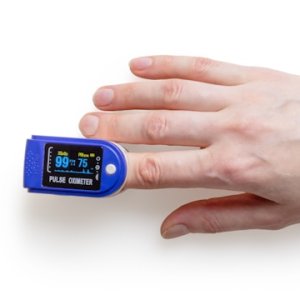


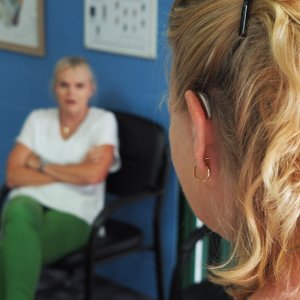
 By Miriam Bello | Senior Journalist and Industry Analyst -
Fri, 10/02/2020 - 15:06
By Miriam Bello | Senior Journalist and Industry Analyst -
Fri, 10/02/2020 - 15:06

